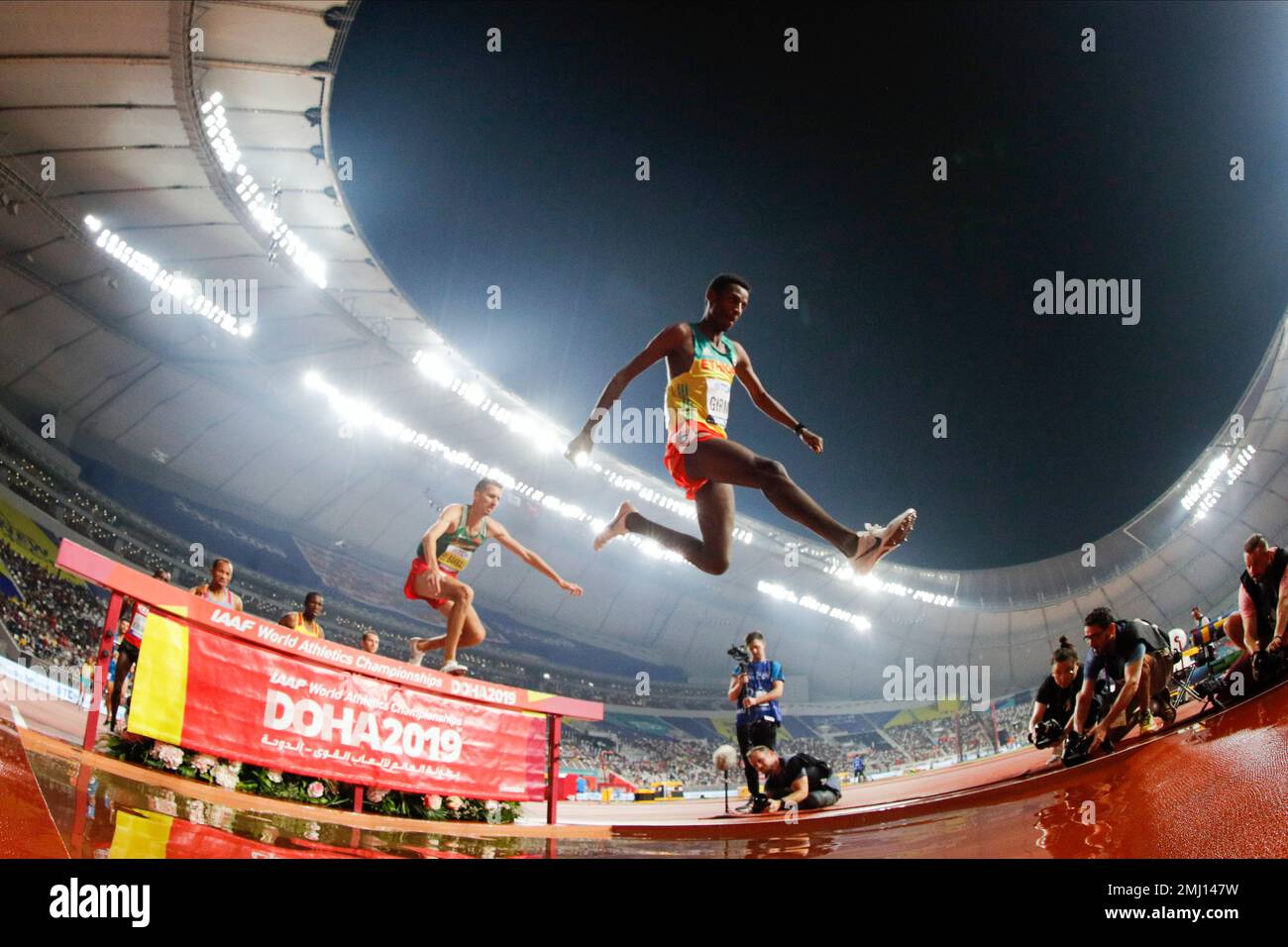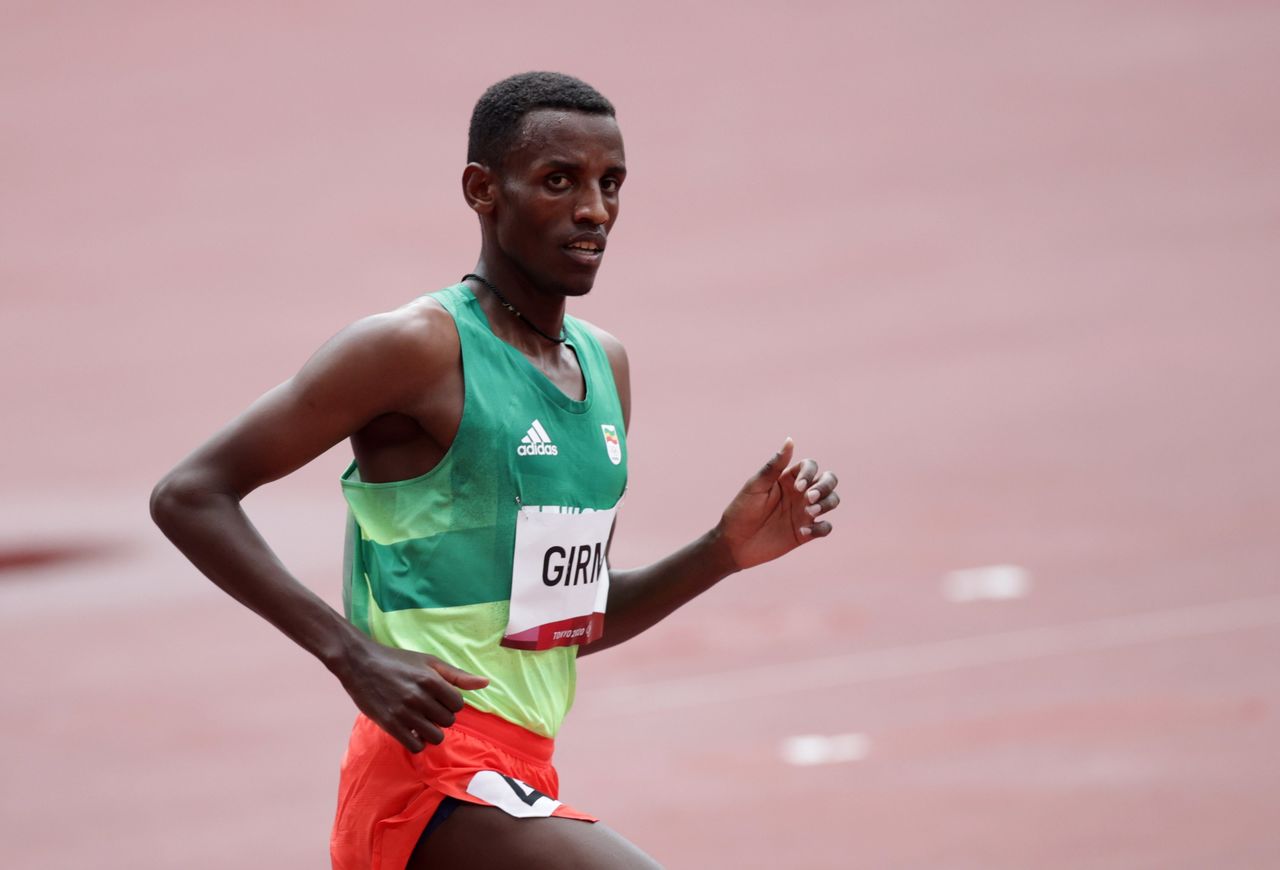The History and Evolution of Girma Runners

Girma runners, also known as Ethiopian sandals, are a traditional footwear that has been an integral part of Ethiopian culture for centuries. Their history is deeply intertwined with the country’s rich heritage and the unique terrain of the Ethiopian highlands.
Origins and Significance in Ethiopian Culture
Girma runners originated in the highlands of Ethiopia, where they were worn by farmers, herders, and other rural inhabitants. The rugged terrain and diverse climate of the region demanded a footwear that was both durable and comfortable. Girma runners fulfilled these requirements, providing excellent traction on uneven ground and allowing for natural ventilation in the hot Ethiopian climate.
The use of Girma runners was not merely practical; they also held cultural significance. They were a symbol of Ethiopian identity, representing the country’s rich heritage and resilience. In many traditional ceremonies and festivals, Girma runners were worn as a mark of respect and pride.
Evolution of Girma Runners
Over the centuries, Girma runners have undergone a gradual evolution, adapting to changing needs and materials. The traditional design, consisting of a simple leather sole secured to the foot with leather straps, remained largely unchanged for centuries.
- Early Materials: The earliest Girma runners were made from materials readily available in the Ethiopian highlands. The soles were crafted from tough, durable leather obtained from cattle or goats. The straps were made from the same leather, often braided or woven for added strength and flexibility.
- Modern Materials: In recent decades, the materials used to make Girma runners have diversified. Modern versions often feature rubber soles for increased durability and traction. The straps are also made from synthetic materials, such as nylon or polyester, which are lighter and more comfortable.
Notable Milestones in the History of Girma Runners
- Early 20th Century: The introduction of modern footwear, such as shoes and boots, began to challenge the traditional use of Girma runners in urban areas. However, Girma runners remained popular in rural communities, where they were still the preferred footwear for farming and other outdoor activities.
- 1960s-1970s: During this period, Girma runners gained international recognition as a symbol of Ethiopian culture. They were featured in fashion magazines and worn by celebrities, contributing to their growing popularity worldwide.
- 21st Century: With the rise of interest in sustainable and ethical fashion, Girma runners have experienced a resurgence in popularity. They are now seen as a stylish and environmentally friendly alternative to conventional footwear.
The Design and Construction of Girma Runners

Girma runners, with their intricate designs and enduring strength, are a testament to the ingenuity and craftsmanship of the people who create them. Their construction is a harmonious blend of form and function, showcasing the deep understanding of materials and techniques that have been passed down through generations.
The Key Components of a Traditional Girma Runner
The construction of a Girma runner involves several key components, each playing a vital role in its functionality and aesthetics. These components work together to create a durable and beautiful piece of furniture.
- The Frame: The foundation of a Girma runner is its sturdy frame, typically made from strong hardwoods like teak or mahogany. The frame provides the structural integrity, ensuring the runner can withstand heavy loads and years of use. It also serves as the base for the other components, such as the seat and the legs.
- The Seat: The seat of a Girma runner is usually crafted from woven materials, traditionally using palm leaves or strips of leather. The weaving process creates a strong and flexible surface that provides comfort and support. The seat’s design often incorporates intricate patterns, reflecting the artistry and cultural heritage of the maker.
- The Legs: The legs of a Girma runner are typically carved from wood, often taking on distinctive shapes and designs. These legs not only provide stability but also add to the runner’s aesthetic appeal. The carving of the legs can be quite elaborate, featuring intricate details and symbolic motifs.
- The Backrest: Some Girma runners feature a backrest, which provides additional comfort and support. The backrest can be made from wood, woven materials, or a combination of both. Its design often complements the overall style of the runner.
The Materials Used in Crafting Girma Runners
The materials used in crafting Girma runners are carefully selected for their strength, durability, and aesthetic appeal. These materials play a crucial role in defining the runner’s character and longevity.
- Wood: The most common material used for the frame, legs, and backrest is wood. Hardwoods like teak, mahogany, and ebony are preferred for their strength, durability, and beautiful grain patterns. These woods are resistant to moisture, pests, and decay, ensuring the runner’s longevity.
- Palm Leaves: Traditionally, palm leaves are woven to create the seat of a Girma runner. Palm leaves are strong, flexible, and readily available in many regions where Girma runners are crafted. They provide a natural, breathable, and comfortable seating surface.
- Leather: Leather strips can also be used to weave the seat of a Girma runner. Leather is durable, strong, and aesthetically pleasing. It adds a touch of luxury and sophistication to the runner’s design.
- Other Materials: Depending on the region and the maker’s preferences, other materials may be incorporated into the construction of a Girma runner. These can include bamboo, rattan, or even metal accents for decorative purposes.
The Traditional Techniques Employed in Constructing Girma Runners
The construction of a Girma runner is a meticulous process that involves a range of traditional techniques passed down through generations. These techniques ensure the runner’s durability, functionality, and aesthetic appeal.
- Carving: The legs and backrest of a Girma runner are often intricately carved, showcasing the maker’s skill and artistry. The carving process involves using chisels, knives, and other hand tools to create intricate designs and patterns. These carvings can be symbolic, representing cultural motifs or personal expressions.
- Weaving: The seat of a Girma runner is typically woven using palm leaves or leather strips. The weaving process involves interlacing the materials to create a strong and flexible surface. The patterns and techniques used in weaving vary depending on the region and the maker’s expertise.
- Joining: The various components of a Girma runner are joined together using traditional techniques, such as mortise and tenon joints or dovetail joints. These joints are strong and durable, ensuring the runner’s structural integrity over time.
- Finishing: Once the runner is assembled, it is often finished with a protective coating, such as oil or wax. This coating enhances the wood’s natural beauty, protects it from moisture and pests, and gives the runner a smooth and polished finish.
The Cultural and Social Significance of Girma Runners

Girma runners, with their intricate designs and symbolic significance, have deeply embedded themselves within the fabric of Ethiopian society. These runners, far from being mere tools, serve as vessels of cultural expression, historical memory, and social connection. They are woven into the very tapestry of Ethiopian life, appearing in ceremonies, rituals, and everyday interactions, reflecting the diverse and vibrant traditions of the country.
The Role of Girma Runners in Ethiopian Society
Girma runners play a multifaceted role in Ethiopian society, transcending their utilitarian purpose. They are not merely objects of practical use but serve as powerful symbols of cultural identity, social status, and religious devotion. Their presence is felt in various aspects of Ethiopian life, from traditional ceremonies to everyday activities.
- Ceremonies and Rituals: Girma runners are integral to various ceremonies and rituals, particularly those related to religious practices. They are often used in religious processions, symbolizing the journey of faith and devotion. During weddings, Girma runners are presented as gifts, signifying the union of two families and the promise of a prosperous future.
- Everyday Life: Beyond ceremonial occasions, Girma runners are woven into the fabric of everyday life in Ethiopia. They are used for carrying water, transporting goods, and even as a means of personal transportation. Their presence in daily activities underscores their importance in the lives of Ethiopians.
- Social Status: Girma runners can also reflect social status. The craftsmanship, materials, and decorations of a runner can indicate the wealth and social standing of its owner. For example, Girma runners adorned with intricate silver or gold embellishments often belonged to individuals of high social standing.
Symbolic Meanings Associated with Girma Runners
Girma runners carry rich symbolic meanings, reflecting both Ethiopian cultural values and broader universal themes. These symbols are often embedded in the designs, materials, and use of the runners, conveying a deeper meaning beyond their practical function.
- Strength and Endurance: The durability and resilience of Girma runners symbolize strength and endurance, qualities highly valued in Ethiopian culture. These runners are often used for long journeys and arduous tasks, embodying the spirit of perseverance and resilience.
- Unity and Harmony: The intricate patterns and designs on Girma runners often represent unity and harmony. These designs often incorporate geometric patterns and floral motifs, symbolizing the interconnectedness of all things and the importance of maintaining balance and order in life.
- Spiritual Connection: Girma runners are also associated with spiritual connection. They are often used in religious ceremonies and rituals, symbolizing the journey of the soul and the pursuit of spiritual enlightenment. The act of carrying a Girma runner can be seen as a physical manifestation of this spiritual journey.
Regional Variations in the Use of Girma Runners
The use of Girma runners varies across different regions of Ethiopia, reflecting the diverse cultural traditions and practices of each area. This regional variation highlights the rich tapestry of Ethiopian culture and the adaptability of Girma runners to different contexts.
- Tigray: In Tigray, Girma runners are often used in traditional ceremonies, particularly weddings. They are decorated with intricate designs and patterns, reflecting the artistic traditions of the region. The use of Girma runners in weddings symbolizes the union of two families and the promise of a prosperous future.
- Amhara: In Amhara, Girma runners are commonly used for carrying water and transporting goods. They are often made from locally sourced materials, reflecting the region’s focus on sustainability and resourcefulness. The use of Girma runners in everyday life highlights their practicality and their integration into the fabric of Amhara society.
- Oromia: In Oromia, Girma runners are often used in religious ceremonies and rituals, particularly those related to the traditional Oromo faith. They are decorated with symbols and motifs that are specific to the Oromo culture, reflecting the region’s unique religious and cultural practices.
Girma runner, the ultimate street food in Jogja, is a perfect treat after a long day of studying or working. You know, sometimes you just need a comfy place to sit and enjoy your girma runner, and that’s where an executive office chair brown leather comes in handy.
Imagine, you’re chilling in your room, enjoying your girma runner, and sinking into a plush leather chair – pure bliss!
Girma is a beast on the track, always pushing his limits. He’s known for his powerful stride and incredible stamina, but even the best athletes can have a bad day. Remember that time he took a nasty fall during the steeplechase?
girma steeplechase fall It was a tough moment, but Girma bounced back like a pro. He’s a true inspiration, showing us that even with setbacks, you can always get back up and keep chasing your goals.